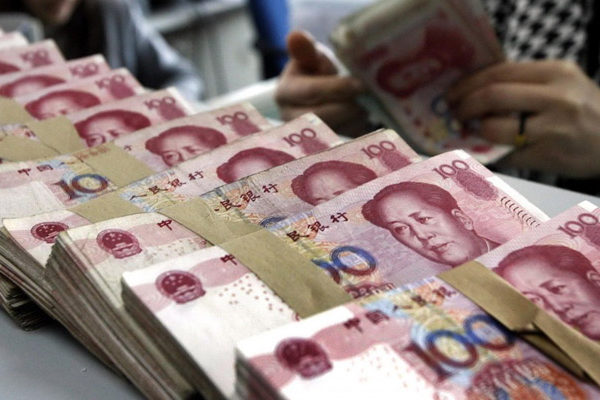Our traditional understanding of currency is extremely narrow: we use cash, we use credit cards and checks. What ends up happening as a result of this view is that we have very little conception of money as a flexible tool.
According to the World Economic Forum’s research, there are following predictions for the future of payments:
Environment for payment providers
M-commerce apps like Uber and Amazon promise their users a frictionless experience, and part of fulfilling that promise increasingly involves pushing the act of payment to the back of the customer’s mind. While these apps allow customers to change payment methods on the fly, most use their default card for each transaction.
By solidifying their position as a customer’s default choice, card issuers will enjoy higher transaction volume and gain a more comprehensive view of customer spending patterns. When combined with investments in analytics and innovative loyalty programmes, this data can be used by payments providers to more effectively entrench their value propositions and improve customer retention.
Trend reversal
The past 50 years have seen a consistent trend towards the displacement of cash as a method of payment towards cards. Over the longer term, however, we could see a reversal of this trend, as the mobile payments sector starts to offer an increasing number of innovative alternatives to credit cards. These alternatives will allow customers more seamlessly link payment directly to their bank accounts and provide users with advice and insights on their spending patterns.
If these innovations appeal to customers, they will erode credit card volumes, directly threatening business models that today are built on account balances and loyalty programmes. That would create longer-term implications for retail banks, for whom the card business is a key part of their customer relationships.
Digital currencies modernize payments infrastructure
Digital currencies, such as bitcoin, strive to make the transfer of value even simpler, through a revolutionary process of consensus-based validation whereby a digital token of value (the bitcoin, or other digital currency) is moved within a distributed ledger maintained on thousands of different computers around the world. These systems have the potential to replace the legacy information technology infrastructure that enables payments today, reducing the number of intermediaries between the customer and the merchant. In fact, these systems could be used for much more than just enabling payments, they have the potential to revolutionize the transfer of value across financial services.
Digital currencies will not replace traditional ones
Given the revolutionary nature of the distributed ledger protocols that enable digital currencies like bitcoin, it may seem curious that they are not in wider use. It is true that in their current form this technology is very appealing for merchants. Payments accepted in the form of bitcoin have a low transaction fee, the funds settle fast – sometimes even within minutes – and they offer a single global standard. But they will only take off if customers also see value in using them, and so far that hasn’t been the case.
Of course there is no guarantee that all, or indeed any, of these predictions will come true. Today’s payment system is highly complex, with many parties with entrenched and conflicting incentives working hard to build the payments solution of tomorrow. What does seem clear is that whether tomorrow’s customer reaches for their wallet, their phone, or some other device to pay their experiences will be more seamless than ever before.
Endnotes
- Economic Forum: “Project Lead, Disruptive Innovation in Financial Service”, <https://agenda.weforum. org/2015 /08/5-predictions-for-the-future-of-payments/>;
- TC: “Transactional Flexibility is the future of payments”, < http://techcrunch.com/2015/03/01/why-transac tional -flexibility-is-actually-the-future-of-payments/>.





